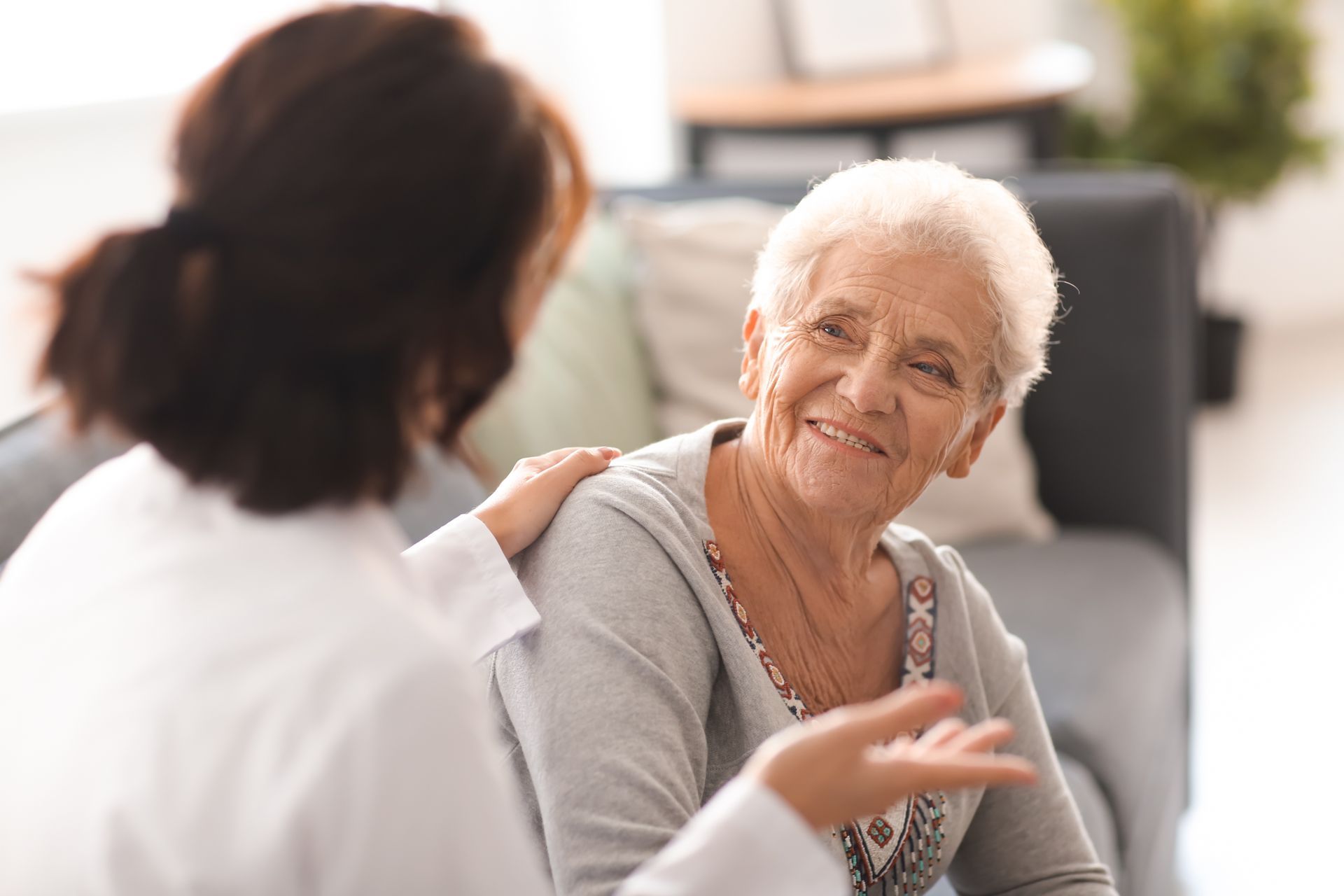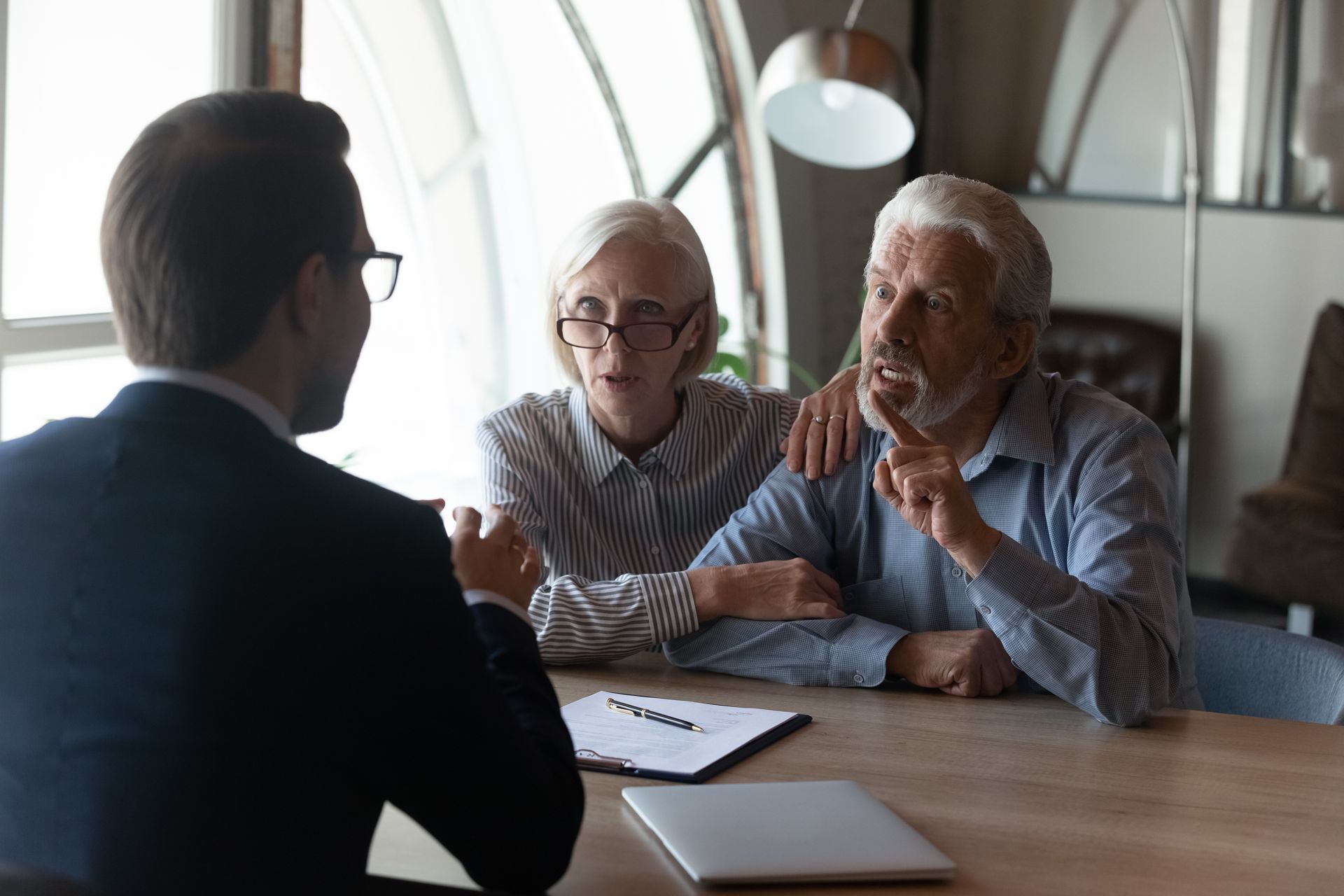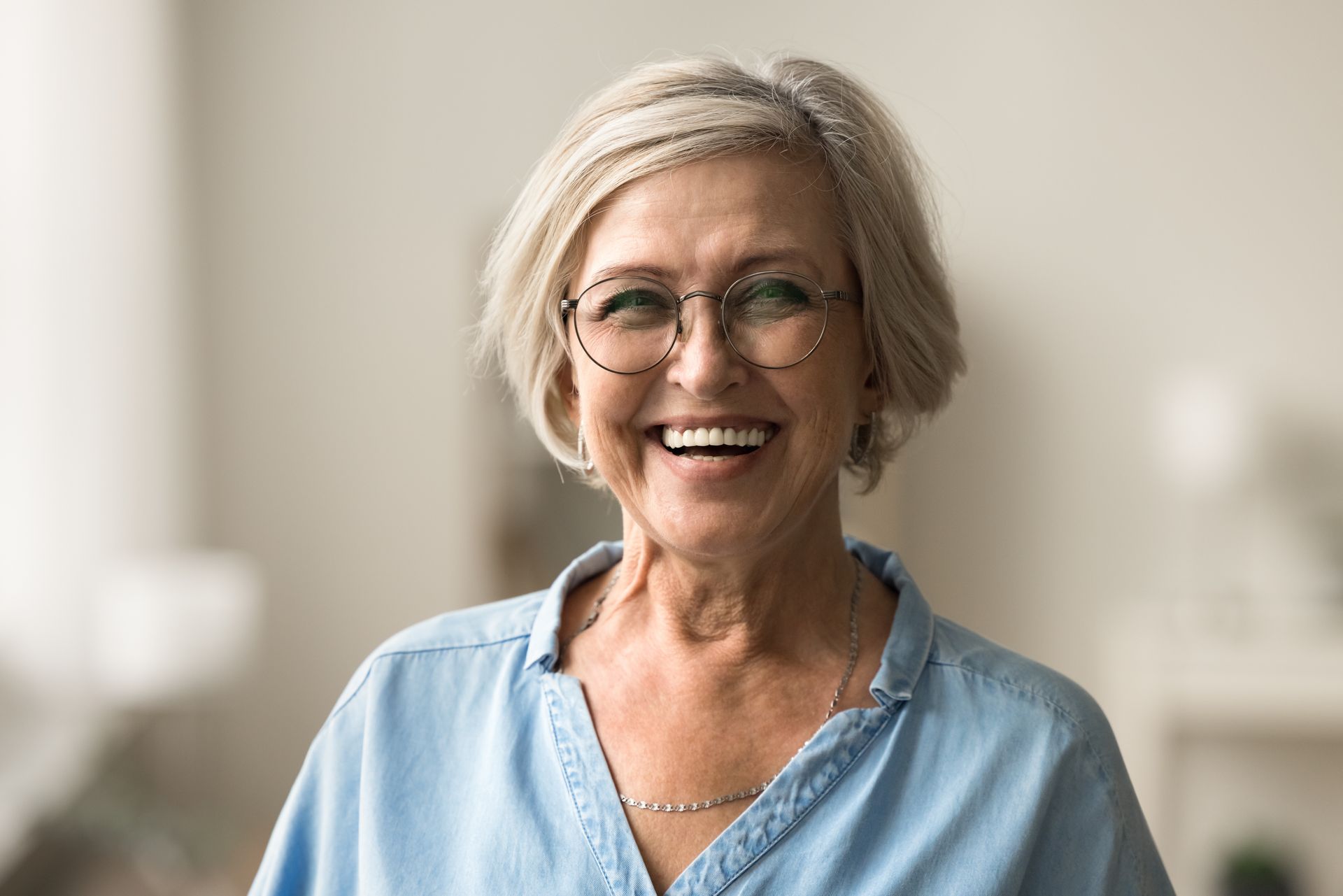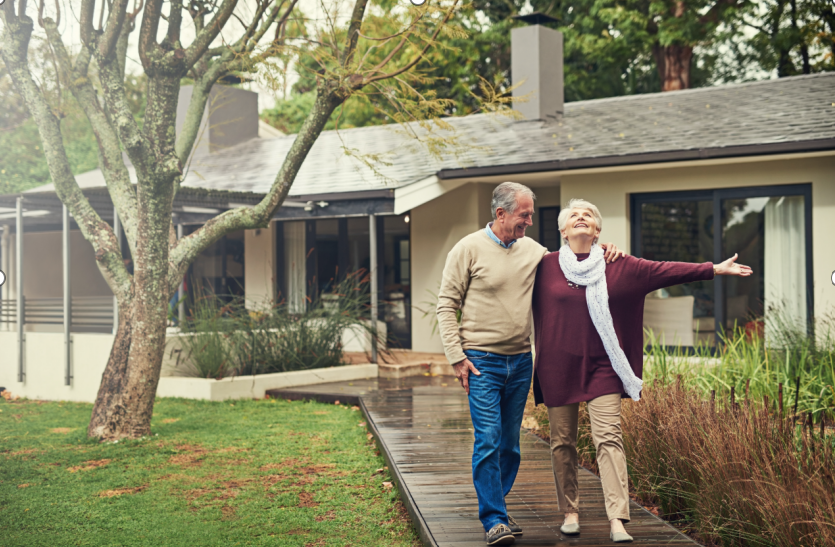BLOG
Understanding Post-Injury Seizures: Navigating a New Reality
Experiencing a brain injury can introduce unexpected challenges, including the onset of post-injury seizures. These seizures often emerge as a result of structural or chemical changes in the brain following trauma. They can significantly impact the survivor’s quality of life and require careful management. Understanding these seizures and developing effective strategies to navigate this new reality is essential for both survivors and their caregivers.
What Are Post-Injury Seizures?
Post-injury seizures occur when abnormal electrical activity disrupts the brain’s normal functioning after an injury. These seizures may arise shortly after the injury or develop weeks, months, or even years later. Known as post-traumatic epilepsy (PTE), in some cases, this condition requires ongoing medical attention.
The causes of post-injury seizures often involve scar tissue, swelling, or chemical imbalances in the brain. The triggers vary widely depending on the type and severity of the injury. Understanding the underlying cause helps medical professionals tailor treatment strategies to individual needs.
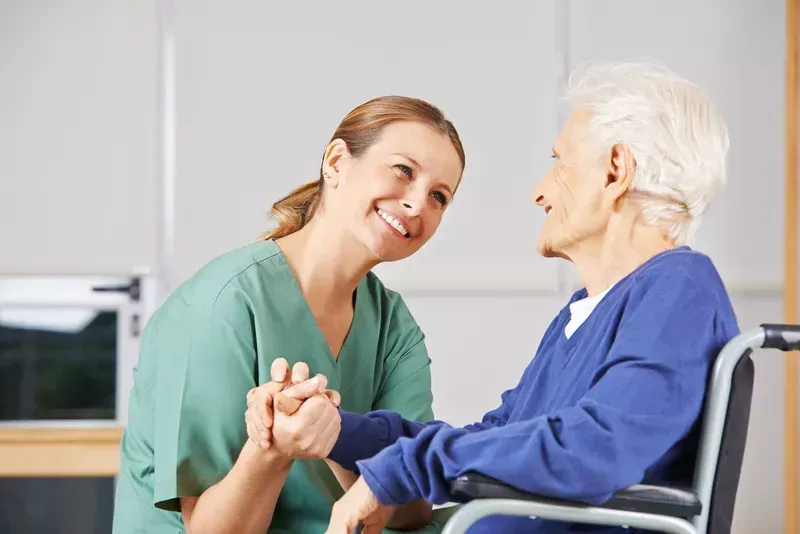
Seizures may manifest in various forms, from mild episodes of staring or confusion to more severe convulsions. Recognizing the signs early allows caregivers to respond appropriately, ensuring the survivor’s safety. Proper education about these symptoms equips families with the tools to manage them effectively.
Diagnosis often involves imaging studies, such as CT scans or MRIs, alongside EEG tests to monitor brain activity. These tools help identify abnormal patterns and guide treatment decisions, laying the foundation for effective seizure management.
The Emotional and Physical Impact of Post-Injury Seizures
Coping with post-injury seizures often presents emotional and physical challenges for survivors and their families. The unpredictability of seizures can create fear and anxiety, disrupting daily routines and activities. This emotional strain underscores the importance of psychological support for survivors and caregivers.
Physically, seizures can pose risks such as falls, injuries, or exhaustion, particularly if episodes are frequent or intense. Survivors may need to adopt safety measures at home and during activities to minimize these risks. Proactive planning helps reduce the fear of unexpected incidents.
The social impact of post-injury seizures should not be overlooked. Survivors might face stigma or isolation due to misconceptions about their condition. Educating friends, colleagues, and community members fosters understanding and support, improving the survivor’s social interactions.
Addressing these challenges requires medical care, emotional support, and community involvement. Working closely with healthcare providers ensures comprehensive management of both the physical and psychological effects of seizures.
Treatment Options for Post-Injury Seizures
Effective treatment begins with a tailored approach to each individual’s condition. Medication remains the most common method for managing post-injury seizures. Anti-epileptic drugs (AEDs) help control abnormal brain activity, reducing the frequency and severity of episodes.
Lifestyle adjustments often complement medication and contribute to seizure control. Regular sleep, stress management, and a healthy diet can help stabilize brain function. Avoiding known triggers, such as flashing lights or alcohol, is also crucial in minimizing risks.
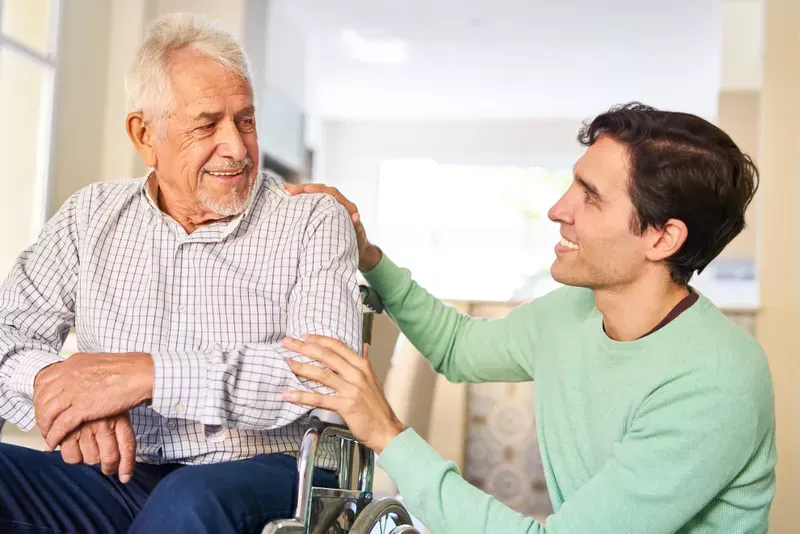
For individuals who do not respond well to medication, advanced treatments such as vagus nerve stimulation (VNS) or surgical interventions may be considered. These methods target specific brain areas to prevent abnormal electrical activity, offering hope to those with persistent seizures.
Collaboration with a neurologist ensures that treatment plans are continually adapted based on the survivor’s progress. Regular follow-ups and open communication with medical professionals create a strong foundation for long-term management.
The Role of Caregivers
Caregivers play a vital role in supporting survivors through the challenges of post-injury seizures. Their responsibilities include monitoring symptoms, managing medications, and ensuring a safe environment. This active involvement directly impacts the survivor’s quality of life.
Education is a key component for caregivers, who must understand the nature of seizures and how to respond during an episode. Knowing when to seek emergency care versus managing an episode at home helps reduce anxiety for both parties.
Implementing practical measures, such as padded furniture, non-slip surfaces, and accessible emergency contacts, can create a seizure-safe environment. These adjustments minimize risks and provide peace of mind for everyone involved.
Emotional support is equally critical, as caregivers often serve as a source of reassurance and stability. Encouraging open communication with the survivor fosters trust and helps address fears or frustrations related to their condition.
Building a Support Network for Recovery
Recovering from a brain injury and managing seizures is a journey that benefits from a strong support network. Family, friends, and healthcare professionals all contribute to this collaborative effort. Their combined efforts provide practical, emotional, and medical support tailored to the survivor’s needs.
Support groups for individuals with brain injuries and seizures offer a safe space for sharing experiences and advice. Connecting with others who face similar challenges reduces isolation and fosters a sense of community.
Community resources, such as rehabilitation programs or educational workshops, help survivors and caregivers stay informed about new treatments and strategies. These resources empower individuals to take an active role in their recovery journey.
Advocating for broader awareness about post-injury seizures encourages understanding and compassion within society. By sharing their stories, survivors and caregivers can break down barriers and foster a more inclusive environment.
Education and Advocacy: Spreading Awareness
Education and advocacy are essential for increasing awareness of post-injury seizures. Understanding this condition helps reduce stigma and fosters a more inclusive environment for survivors. Public campaigns and community outreach programs can demystify seizures, encouraging greater empathy and support. Awareness initiatives provide survivors and their families with essential information to navigate daily life confidently.
Another critical component is training programs for first responders and healthcare professionals. Educating these individuals ensures they can respond effectively to seizures during emergencies. Proper training saves lives and creates a safety net for survivors in unpredictable situations. Advocacy groups often lead such initiatives, bridging the gap between survivors and the broader society.
It is equally important to empower survivors to advocate for themselves. Sharing their experiences inspires others and promotes a deeper understanding of post-injury seizures. Self-advocacy encourages better dialogue with medical professionals, ensuring tailored care and improved outcomes.
Advocacy that involves caregivers, educators, and employers strengthens the support network. When more people understand the realities of post-injury seizures, survivors can lead fulfilling lives with reduced barriers and increased opportunities.
Empowerment Through Knowledge and Support
Understanding post-injury seizures and their impact is essential for survivors and caregivers navigating this new reality. With the right combination of medical care, emotional support, and community resources, managing seizures becomes a shared effort toward improved quality of life.
If you or a loved one needs personalized support for post-injury seizures, contact us today to explore tailored solutions. Together, we can create a path toward safety, recovery, and empowerment.

